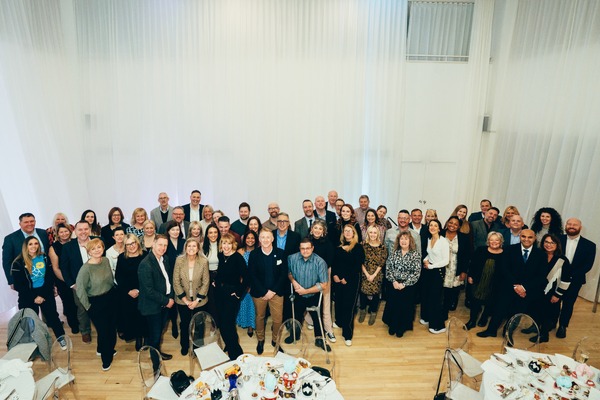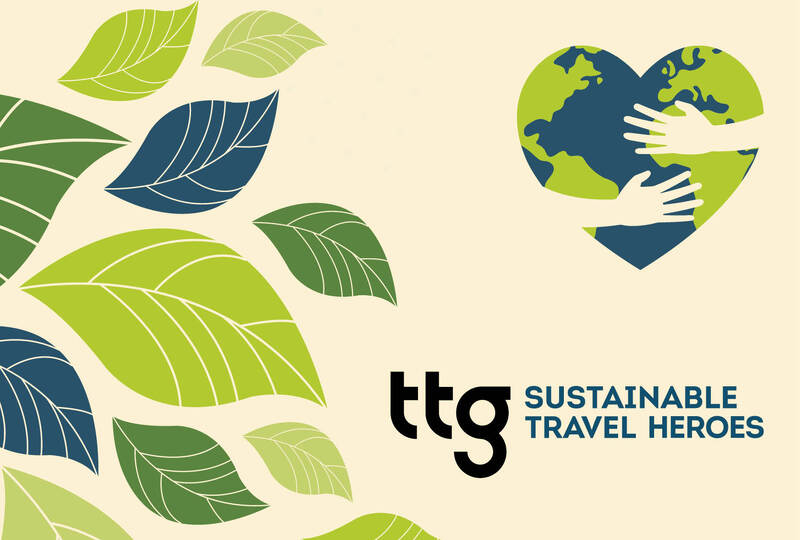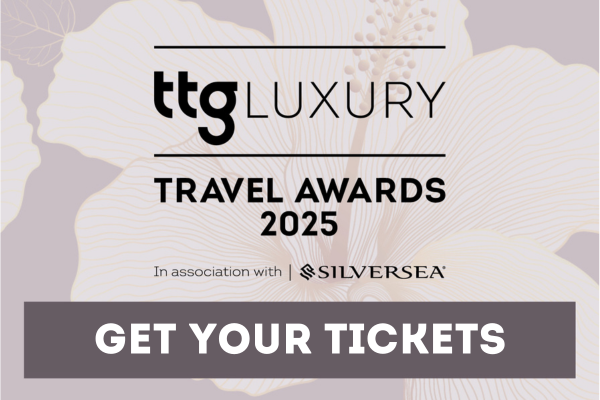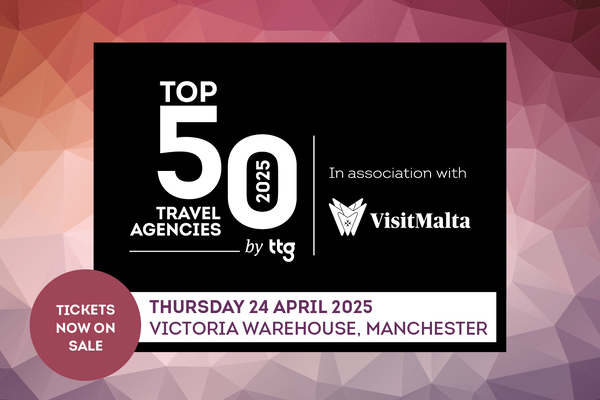Eight top tips for implementing AI in your business
Start small, support staff, and maintain human interaction – that’s the advice from Andy Headington, chief executive of marketing agency Adido, for travel businesses who are considering using artificial intelligence in some form or other

We know that AI is everywhere. No longer merely fodder for techies, it has become a huge talking point in the travel sector. According to the latest available data, AI’s ubiquitous poster boy ChatGPT has around 180.5million users, with the platform generating 1.7 billion visits in November 2023.
The big hitters in the travel industry have been quick to harness the potential of AI. Expedia has incorporated ChatGPT into its app to provide personalised recommendations and advice to its customers. Similarly, Kayak uses GPT technology to enable a more intuitive and personalised search engine, where customers can ask queries regarding hotels, flights and activities, receiving real-time recommendations.
Home-based travel agency Travel Counsellors will be utilising AI this year to improve its booking processes by launching a new software, TC Co-pilot, which will be integrated into the existing booking platform. The software will produce personalised itineraries for customers, helping to save time, improve performance and nudge agents to contact clients with updates and offers.
If you haven’t yet implemented AI and are curious to learn more, here are my top tips to help you get started:
1. Define your business problem
Don’t just hop on the AI bandwagon. AI and travel are not natural bedfellows as travel is very much about human experience. No AI tool in the world can show or describe how it feels to walk barefoot in the sand in the Maldives or ski down the slopes of St Moritz. That said, if you identify an existing issue that may be solved by the implementation of AI, then it’s worth investing the time, money and effort.
2. Make sure that AI solutions are the best answer
AI does not provide a one-size-fits-all solution. Whilst it might be great for some, implementing it into your business because you feel you must isn’t always the answer. Consider exploring existing or more cost-effective systems that are tried and tested.
3. Start small
Don’t put all your eggs in one AI tech basket – pick a small project with measurable outcomes and make that work first. Find recent case studies where other businesses have used AI in a similar way and once you have tried and tested it, you can look at expanding into a wider use of AI tools.
4. Train and support your staff
Once you get to grips with AI, you need to get your team on board. This includes helping them understand the benefits, such as automating repetitive tasks, supporting marketing campaigns, providing insights and so on. You will also need to make sure your team works within clear guidelines as to how and when to use it – chatbots such as Bard and ChatGPT should not be used to churn out copy for landing pages unless that content has been edited by a human.
5. Think about the consequences
Google wants to prioritise content on its platform that demonstrates EEAT (Experience, Expertise, Authoritativeness and Trustworthiness) and any travel brand worth its salt will want the same. This is why all use of AI should be approached with care. Use it well and it could prove to be a game changer but misuse it and the consequences could be dire. For example, when using an AI image creator like Dall:E to create visual content, have you checked the images to ensure they look realistic enough? For customer service, have you tested and checked the chatbot output to ensure the end user will get the information they need and not be left frustrated by the experience?
6. Check, edit, refine and check again
If you’re using AI for content creation, the absolute golden rule is check, edit, refine and check again. Although AI language models are constantly evolving, they still have the power to produce incorrect responses to prompts, so fact-checking is key. Similarly, the more generic the prompt, the more generic the output. Consider AI content to be the absolute bare bones of any content piece – it needs a human to make it sing.
7. Ask around
The travel industry is fiercely competitive but it is also great at showcasing new ideas. See how others in the industry have utilised AI and learn from their successes and mistakes. You can also link up with trade associations and read related press and industry publications.
8. Practice makes perfect
Train ChatGPT (or your preferred chatbot) to emulate your brand’s tone and refine your prompts for a more crafted response. Don’t be afraid to push the limits and try different tools; for example, Bing’s Copilot provides citations and Google has now rolled out Bard extensions that link up all your Google apps and services.
The power and scope of AI can make the mind boggle. However, if you take your time, test and learn, and understand precisely how it fits into your business, you can harness its full potential and ensure you stand out among the competition.














